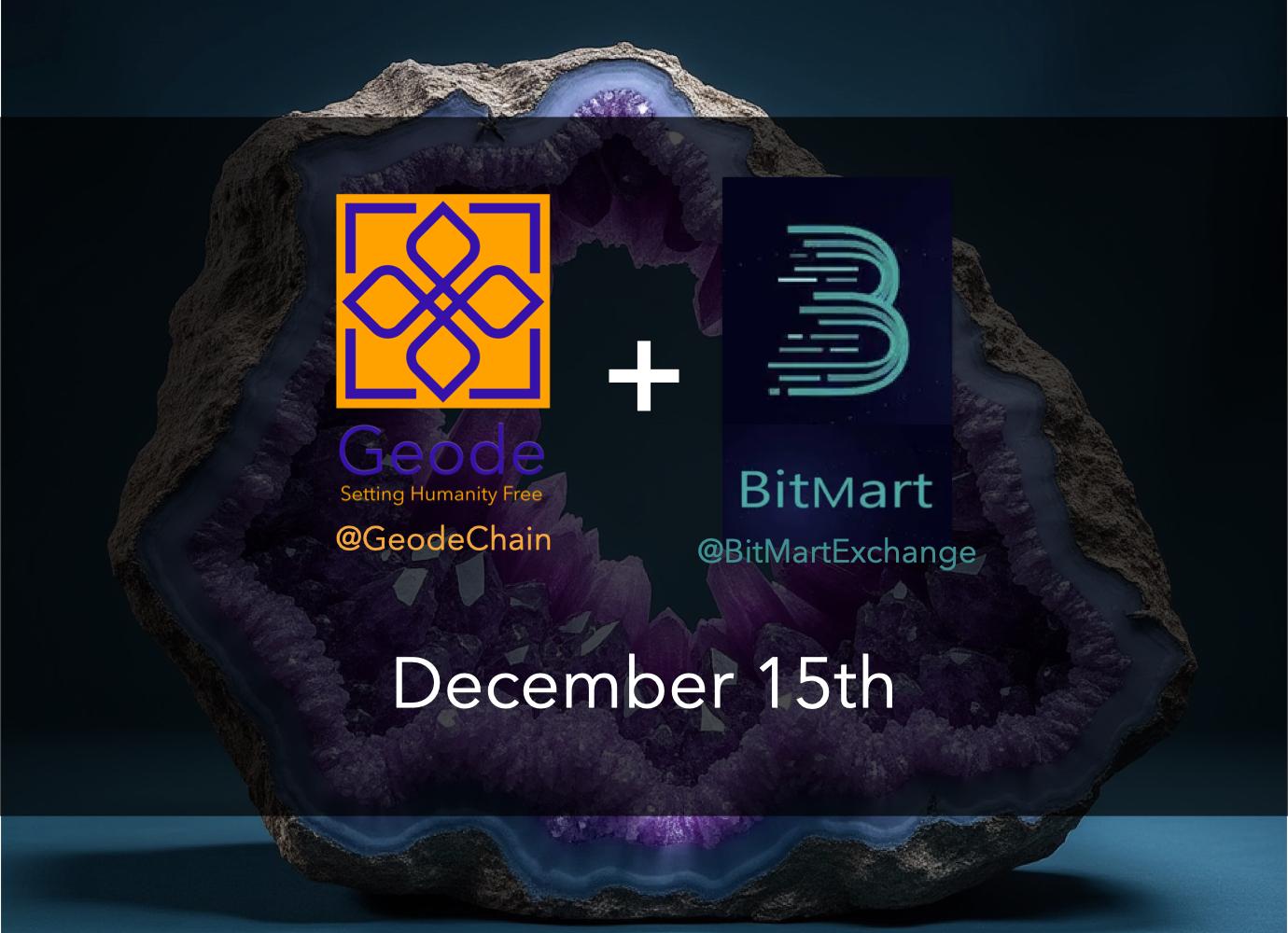Key Insights
- Despite recent dips, ORDI is up over 500% in the past 30 days.
- Ordinals are built on a vulnerability in the Bitcoin network, allowing data to be disguised as code.
- As more data is inscribed onto the blockchain, transaction fees have spiked significantly.
- The future of Ordinals and BRC-20 tokens is uncertain, and they might cease to exist soon
Bitcoin Ordinals have been all of the hype as of late. Investors have done nothing but rake in profits since its launch.
Just take a look at this:

ORDI, the native cryptocurrency of the ordinals protocol, is up by more than 500% over the last 30 days, despite a recent dip.
The interesting part about this is that the majority of these gains only came in over the last two weeks.
However, what if someone mentioned that a massive crash was incoming, and this cryptocurrency may eventually crash to zero?
Here’s how:
Inscriptions, Ordinals and Bitcoin NFTs
The technology behind Bitcoin ordinals is one of the most interesting developments the blockchain space has seen in the last decade.
Only 21 million Bitcoins will ever exist. However, a single Bitcoin can be divided into 100 million smaller units, called Satoshis.
In January 2023, an engineer named Casey Rodarmor figured out a way to “inscribe” or embed data into each of these satoshis, creating something similar to the NFTs we see on other EVM or non-EVM chains.
Thus, the first NFTs were “minted” on the Bitcoin network.
BRC-20 is a standard for creating these kinds of tokens, and ORDI is the most popular of its kind.
BRC-20 Tokens May Soon Crash, Engineer Says
According to a recent post on Twitter by Luke Dashjr, a Bitcoin Core developer, Ordinals and other BRC-20 tokens aren’t supposed to exist.

Dashjr revealed that BRC-20 technology exploits a vulnerability in the BTC network that allows them to disguise data as actual code, and bypass data size limits.
DashJr says that Ordinals and other BRC-20 tokens are being used to “spam the blockchainâ€.
In more disturbing news, this vulnerability may be fixed soon, putting an end to several BRC-20 tokens, and crashing prices to near zero.
The End May Be Near
Originally, these data size limits that Ordinals and the others are now exploiting were introduced in 2013, to stop people from spamming the blockchain with unnecessary data.
However, in the core Bitcoin code, which is the most widely used implementation of the BTC protocol, this limit remains unfixed.

Dashjr says that this bug has been fixed in the latest update to Bitcoin Knots, which is a derivative of Bitcoin Core with some additional features.
However, the BTC core remains vulnerable.
At the same time, the incoming v27 to be released in 2024 might see this vulnerability fixed, with huge consequences for Ordinals.
Should You Be Worried?
Naturally, the value of utility tokens comes from how much they are used.
The more people buy Ordinals, the higher the price climbs. There might now be an issue if there is no longer any use for them.

Dashjr argued that BRC-20 tokens are a form of attack on Bitcoin, and they have done huge, irreversible damage to the blockchain. This explains why transaction fees have been on the rise as of late.

Because of these issues, and how much space ordinals occupy on the blockchain, there might be a bit of haste when it comes to putting an end to Ordinal inscription.

Overall, we may be at the end of an era when it comes to this new, exciting but vulnerable piece of technology.
Disclaimer: Voice of Crypto aims to deliver accurate and up-to-date information, but it will not be responsible for any missing facts or inaccurate information. Cryptocurrencies are highly volatile financial assets, so research and make your own financial decisions.








